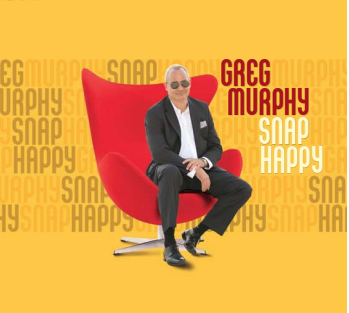Greg Murphy’s new album “Snap Happy” drops this Friday! 🎶📸


Greg Murphy’s Snap Happy Brings Jazz Classics and Fresh Grooves
Straight-ahead, fusion, and free jazz—Greg Murphy’s latest album Snap Happy is a lively and uplifting ride you won’t want to miss!
New Bedford, MA – Press Release: Greg Murphy’s Snap Happy Swings with Energy and Soul
Pianist Greg Murphy returns with Snap Happy, his fifth release on Whaling City Sound, bringing infectious rhythms, soulful melodies, and a dynamic mix of straight-ahead, fusion and free jazz. Backed by his powerhouse trio (bassist Obasi Akoto, and drummer Steve Johns) and joined by special guests —guitarist Mark Whitfield and vocalist Sy Smith, — Murphy delivers an album bursting with energy, depth, and fearless improvisation.
From the playful bounce of the title track to the deep grooves of “Equality” and a reimagined “On Green Dolphin Street,” Murphy blends tradition with modern energy, making Snap Happy both familiar and exciting.
“Jazz is a music of expression that strives for equality and thrives in proximity to cooperation and inclusiveness. Jazz overcomes adversity, empowers improvisation and celebrates life,” says Greg Murphy.
With its mix of classic and original compositions, Snap Happy is a must-listen for jazz fans and newcomers alike. Now available on all streaming platforms!









 Music industry consultant and publicist Ginny Shea has garnered international exposure for her clients through radio and video promotion, print media, and her vast industry network.
Music industry consultant and publicist Ginny Shea has garnered international exposure for her clients through radio and video promotion, print media, and her vast industry network.